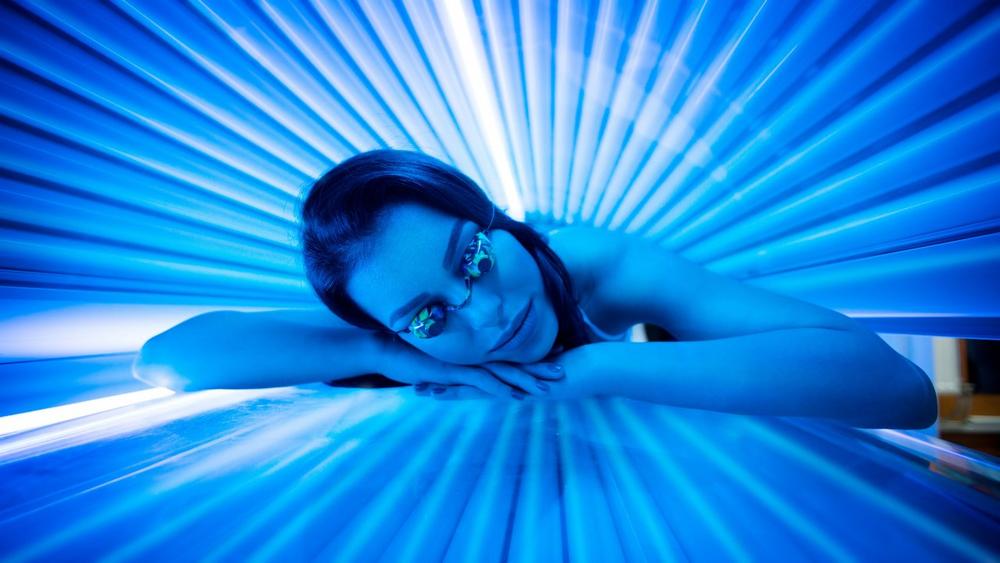People who use tanning salons, specifically sunbeds that have UVB during the winter reach physiological blood levels (>100 nmol/L) of vitamin D, the study reported. It found that participants who used typical sunbeds emitting UVB rays in the range equivalent to outdoor summer sunshine increased their vitamin D blood levels on average by 42 nmol/L. This was achieved using standard tanning exposure schedules on salon sunbeds.
“Sunbeds enable exposure to nearly 100% of skin in a controlled manner which amplifies their effectiveness for vitamin D production,” said Dr. Samantha Kimball, lead author and research director at Pure North S’Energy Foundation in Calgary, AB. “We found that you can effectively raise your vitamin D levels into the desired range without burning and following Health Canada’s recommendations. But there are risks to any type of UV exposure, whether from the sun or sunbed.”
Researchers used sunbeds located in professional sunbed salons in Canada. Previous studies showing that sunbeds trigger vitamin D production in the skin used the same kind of sunbeds, but they were conducted in laboratories. Most sunbeds emit both UVB and UVA light – similar to summer sunlight in Canada. The UV portion of summer sunshine at noon in most of Canada is about 95% UVA and 5% UVB.
Ultraviolet-B (UVB) sun exposure in summer converts cholesterol in your skin to pre-vitamin D. Wintertime sun exposure at northern latitudes in Canada (above 44⁰N) does not contain sufficient UVB to stimulate vitamin D synthesis because of the angle of the sun. “This is exactly the same challenge faced by most people living in Central and Northern Europe from the end of the summer until spring” highlighted Frank Harbusch, Secretary General of the European Sunlight Association (ESA).
Why consider UV exposure when supplements are an option? Kimball points out that some people cannot absorb vitamin D through the gut with diet or supplements, and must rely on UV exposure entirely. These include those with malabsorption issues such as Crohn’s disease or kidney disease.
You can find further information on the recent findings here.
European Sunlight Association ASBL, Brussels Office
Boulevard Saint-Michel 65, bte. 6
B1040 Brussels
Telefon: +32 (2) 3005932
Telefax: +32 (2) 3005939
http://www.europeansunlight.eu
Communications Officer
Telefon: +32 (2) 3005932
E-Mail: davide.carrino@europeansunlight.eu
![]()
